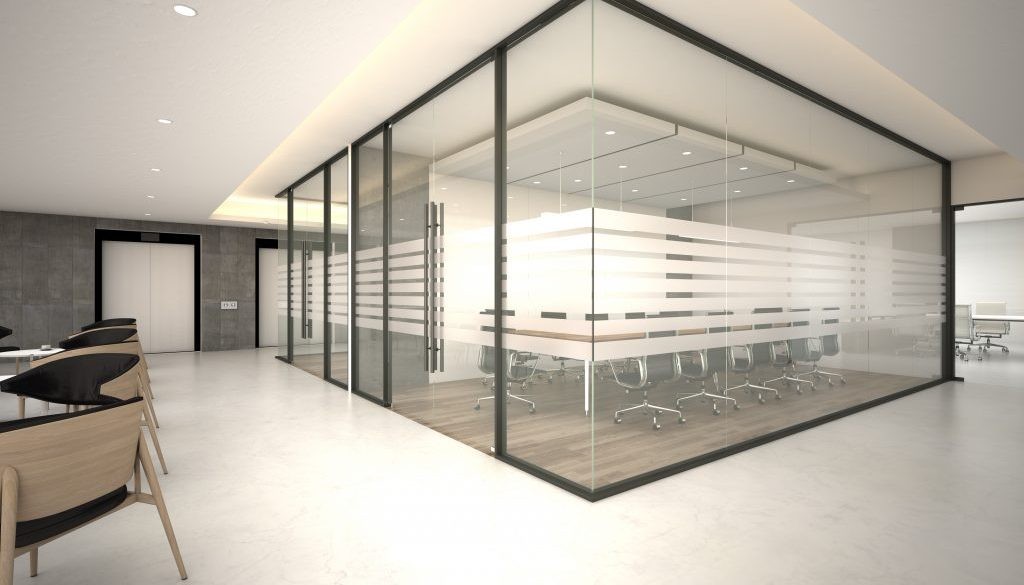Modern offices with mixed work schedules and an eye on employee well-being depend critically on office space design. Businesses desire to preserve personal attention and privacy while encouraging teamwork, innovation, and production. The glass office partitions provide the exact equilibrium. These divisions alter the workplace dynamic, thereby influencing communication, employee engagement, and lighting efficiency. They are no more merely cosmetic. By carefully including glass dividers, companies may create a flexible, adaptable workplace that satisfies the various needs of their staff and promotes a cooperative, creative culture.
Basic Purpose: Juggling Privacy and Transparency
The capacity of glass office walls to combine openness and privacy is their main attraction. Natural light entering the office thanks to glass divisions creates a clear, roomy environment. More light may reduce eye strain, increase employee satisfaction, and boost output. Beyond illumination, glass divisions clearly connect employees, promoting community and teamwork. Observing colleagues at work may encourage collaboration, information exchange, and spontaneous interactions. Transparency does not harm privacy. Visual barriers such as partially covered glass separators, textured, or frosted glass allow employees concentrate free from observation. In glass-partitioned workplaces, well placed furniture and plants may also provide privacy. This exact blend provides employees with the social advantages of an open workplace design and the focused environment required for great concentration.
Flexibility for Virtual Teams
Hybrid work methods need for more adaptable office architecture. Modern teams call for more than gated offices and cubicle farms. Glass office walls may be merely changed to fit evolving project requirements and team size. Easily changed or removable glass divisions provide larger social spaces or smaller, more intimate concentration areas. Hybrid office activities like team brainstorming and private client encounters depend on this adaptability. Many glass partition systems are flexible, which lets you add integrated technologies, soundproofing panels, and whiteboards to increase workstation versatility and usage. This adaptability helps the company to expand and retain staff members engaged and productive.
Acoustics, aesthetics, and staff happiness
Wide-ranging advantages from glass office partitions alter the modern workplace. They give the area contemporary and welcoming quality. With their elegant, simple design, glass dividers help the company project professionalism and sophistication. Unlike most walled offices, the clean lines and transparency give it airy, breezy impression. Beyond appearance, glass separators increase energy efficiency and sustainability. Using less artificial lighting helps them to maximize natural light, therefore reducing energy use and carbon effect. More natural light lessens eye strain and increases employee satisfaction. On many glass partition systems, low-emissivity coatings control temperature and reduce heating and cooling costs.
Though openness is fantastic, employee comfort and output depend on acoustic control. Modern glass partition systems handle these problems. Their insulated glass, acoustic interlayers, and airtight seals help to lower noise. A more focused and pleasant workplace helps to lower stress and increase concentration. Customizing the acoustic characteristics of glass walls allows companies to change the environment to fit different departments or operations. Glass office walls installed strategically help to make the workplace more appealing, flexible, and cooperative. These separators increase natural light and mix openness with good management to promote employee well-being and corporate success. Their vibrant surroundings encourage teamwork, innovation, and efficiency.





